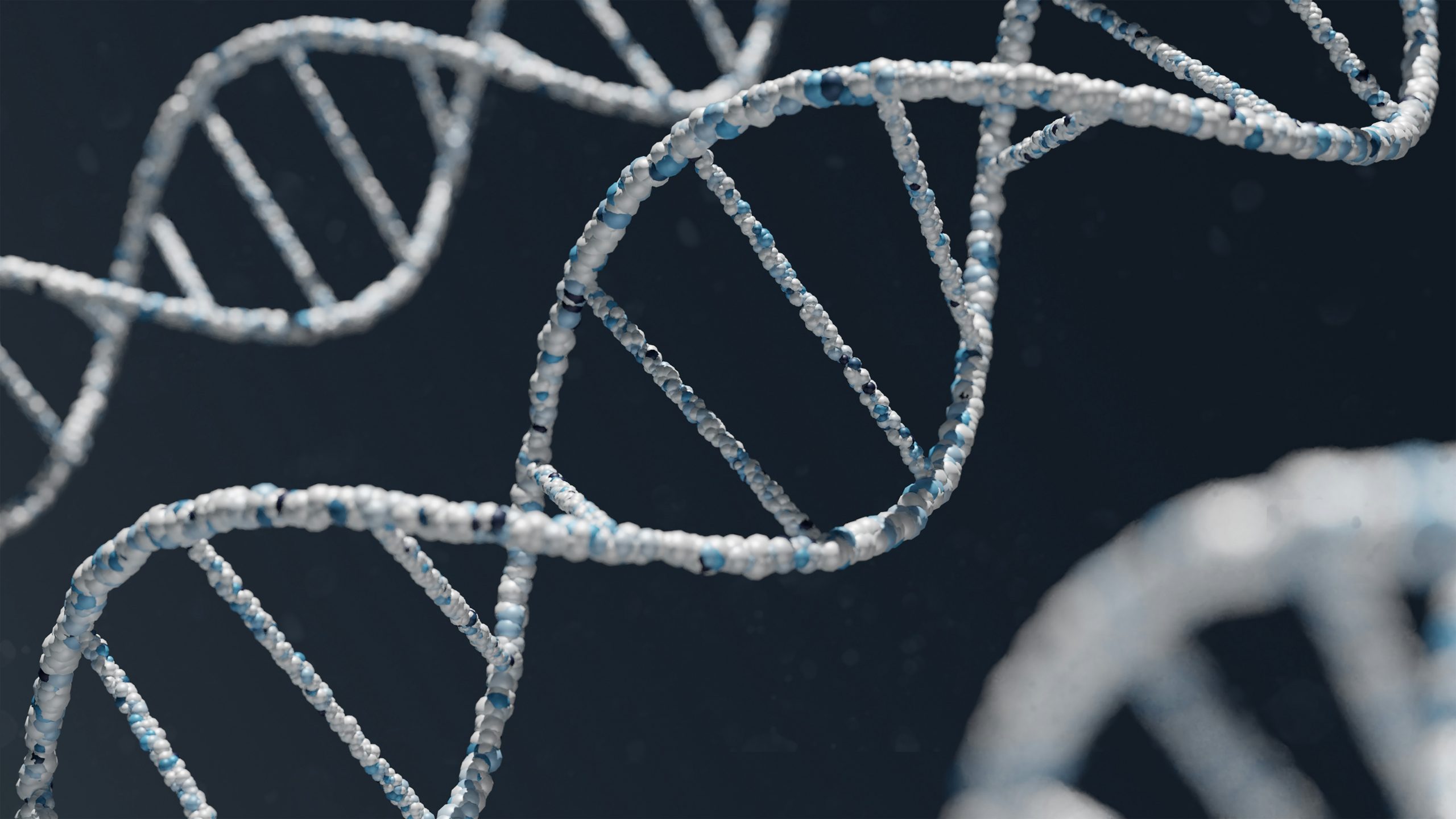
Brain UK study ref: 21/021,
Lay summary,
Project status: Active
Are vascular defects present in the spinal cord of Spinal Muscular Atrophy patients?
Regius Professor Simon Parson, University of Aberdeen
Spinal muscular atrophy (SMA) is a childhood form of motor neurone disease. It targets the nerve cells (motor neurons) found in the spinal cord. These nerve cells are the key link between the brain (where we plan and decide on movements) and the muscles (which allow our thoughts to be converted into actions). Death of these nerve cells leads to a progressive loss of the ability to carry out movements by those muscles. When the muscles that control breathing fail, life is not sustainable. SMA also affects many bodily systems including the blood vessels which supply oxygen to the body. This blood vessel network is especially important in the spinal cord, where the motor neuron nerve cells rely upon high levels of oxygen. In animal models and a small number of SMA patients, we have seen a reduction in the density of blood vessels in the spinal cord, and specifically in the region where motor neurons nerve cells are found. This will create an environment in which these nerve cells are more likely to die. We need to expand this study, by measuring blood vessel density and associated findings in additional SMA spinal cords. Determining the nature and extent of these defects could provide new therapeutic approaches to treat SMA.
